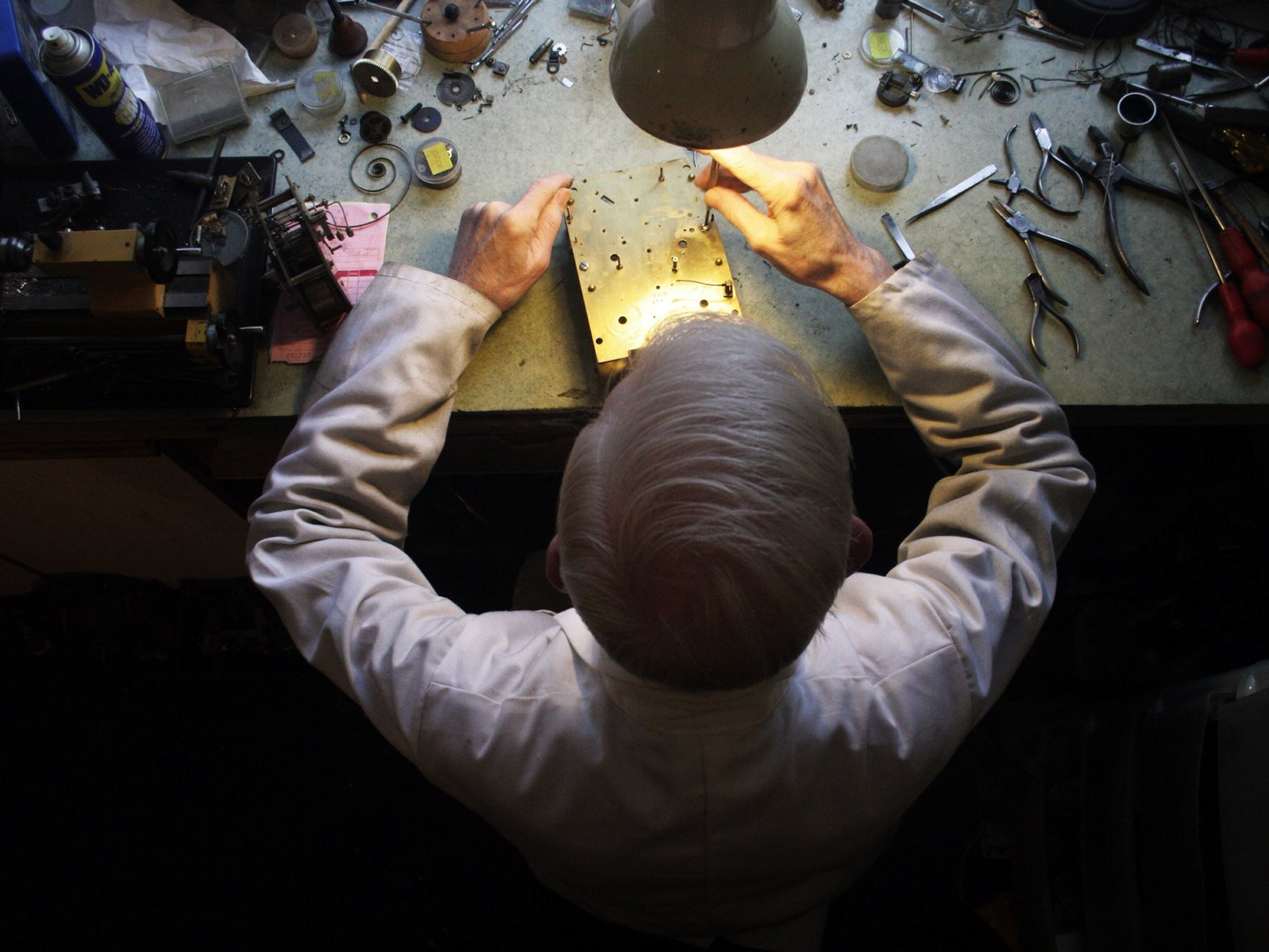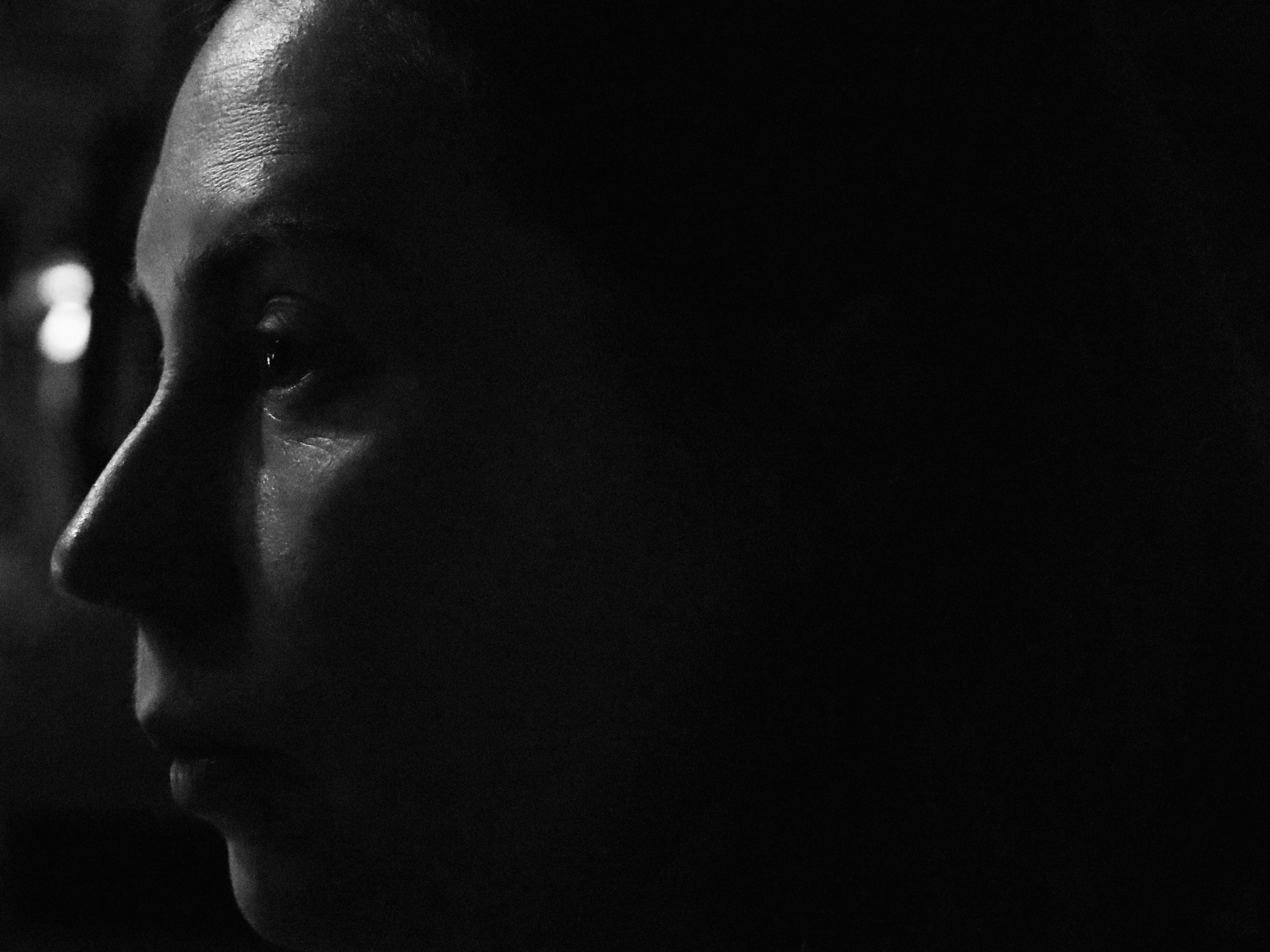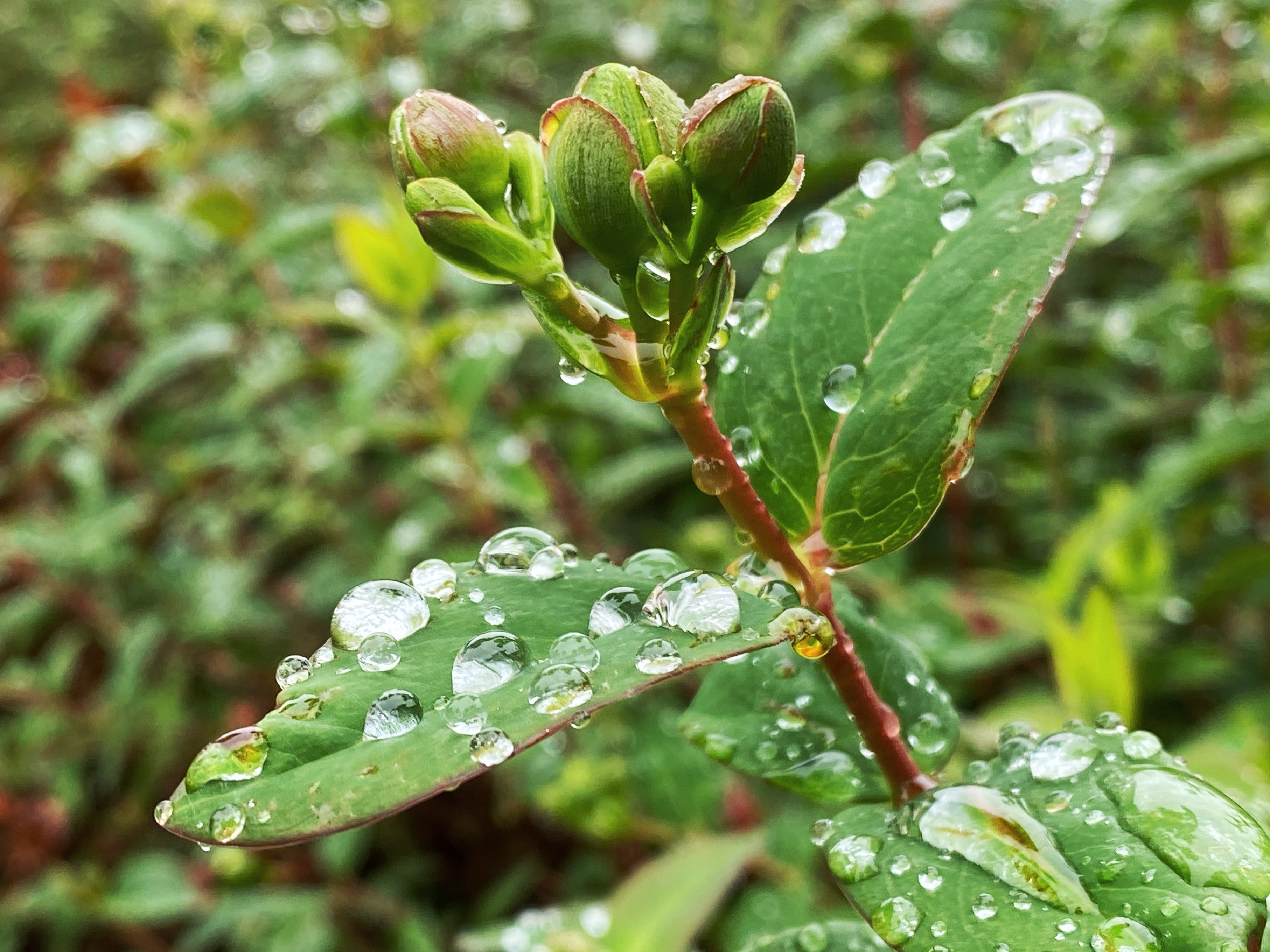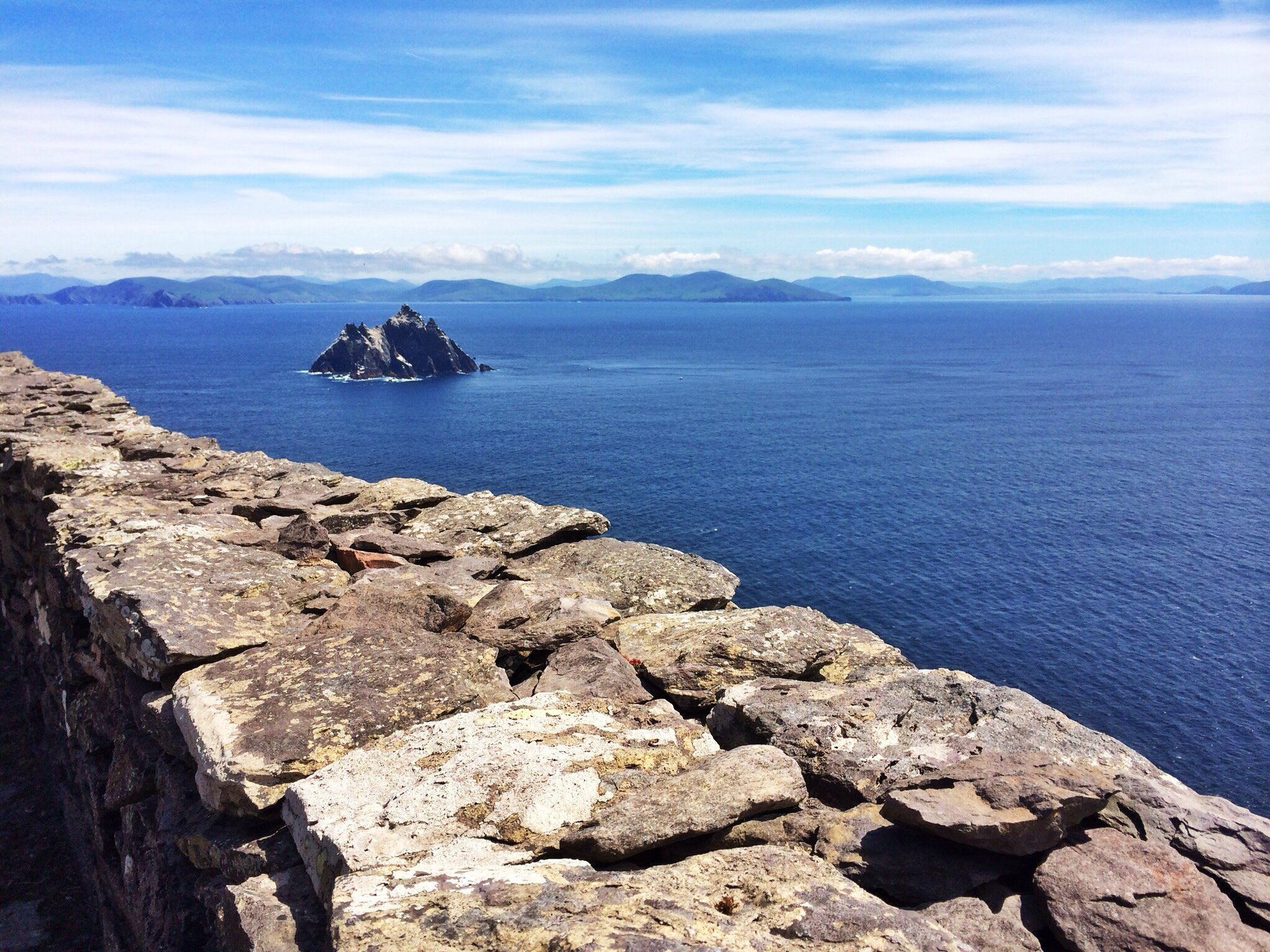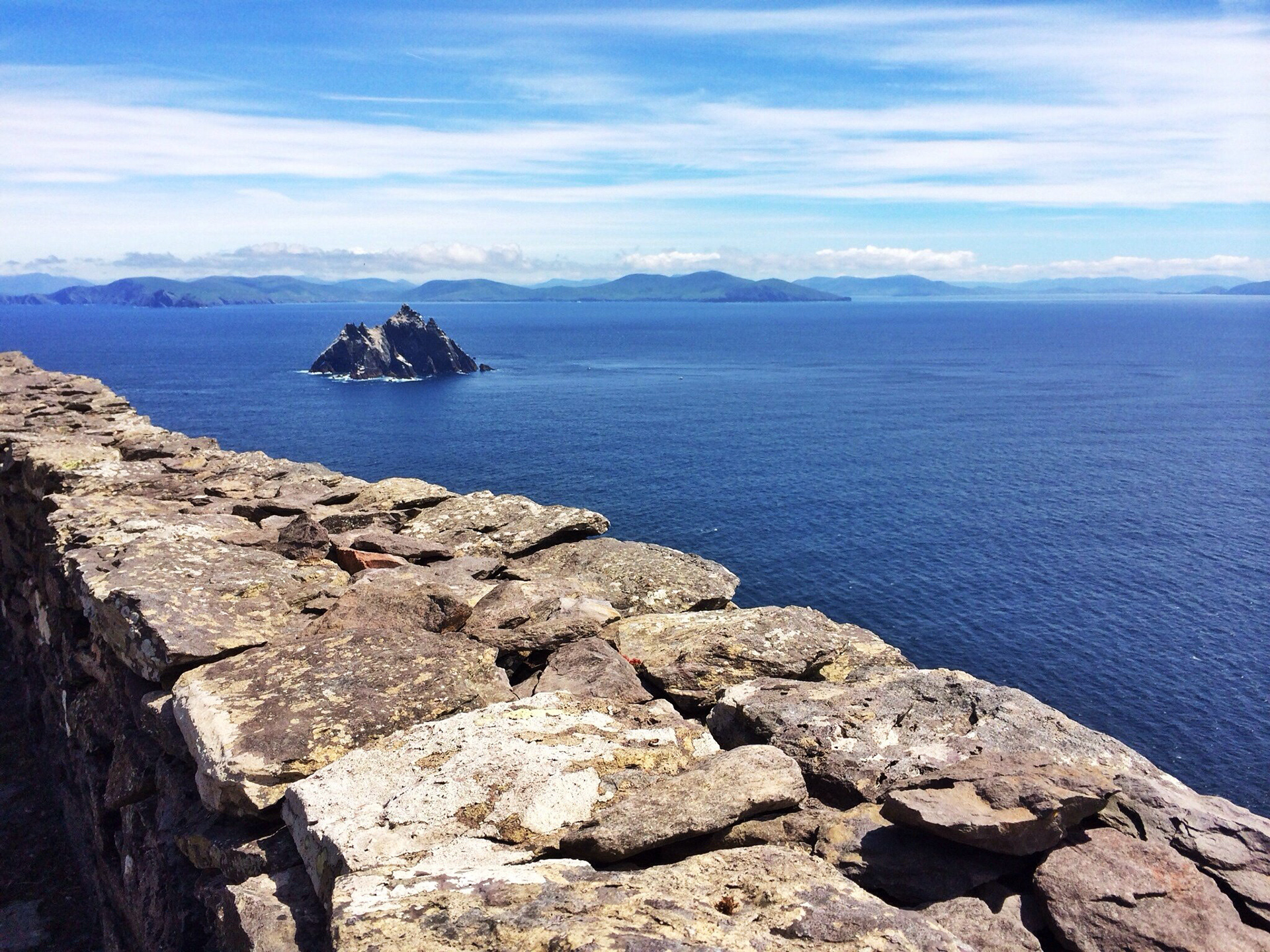


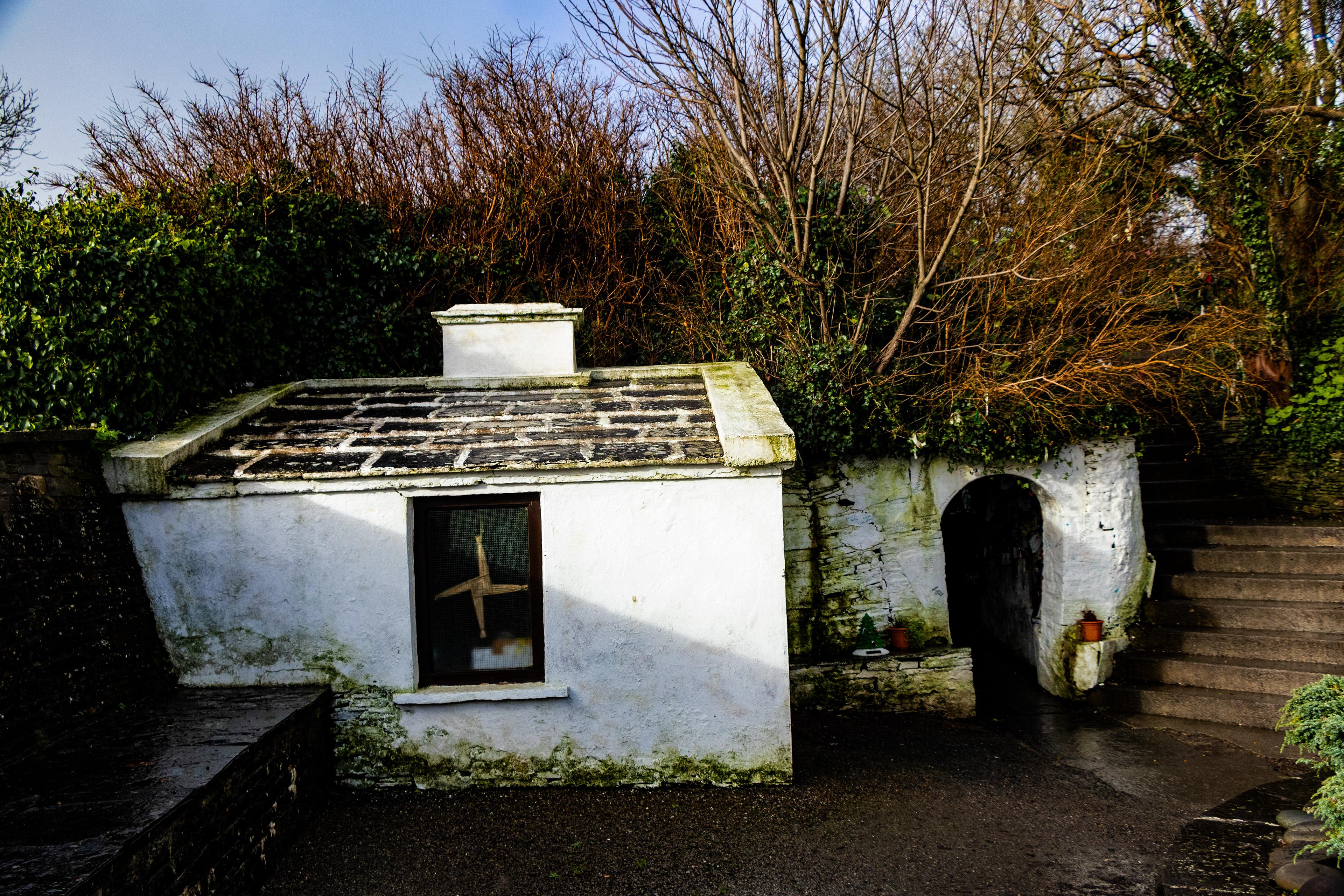
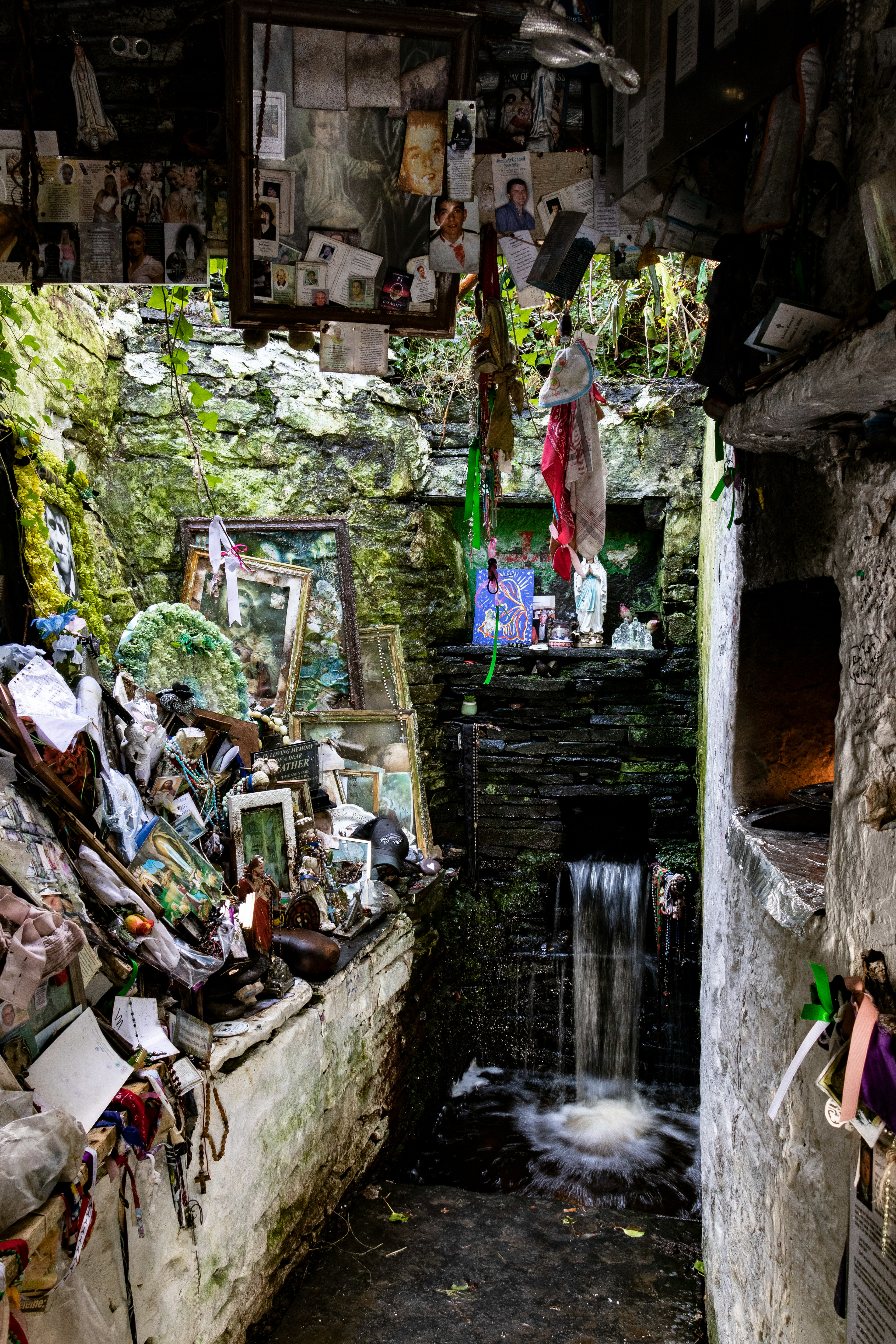

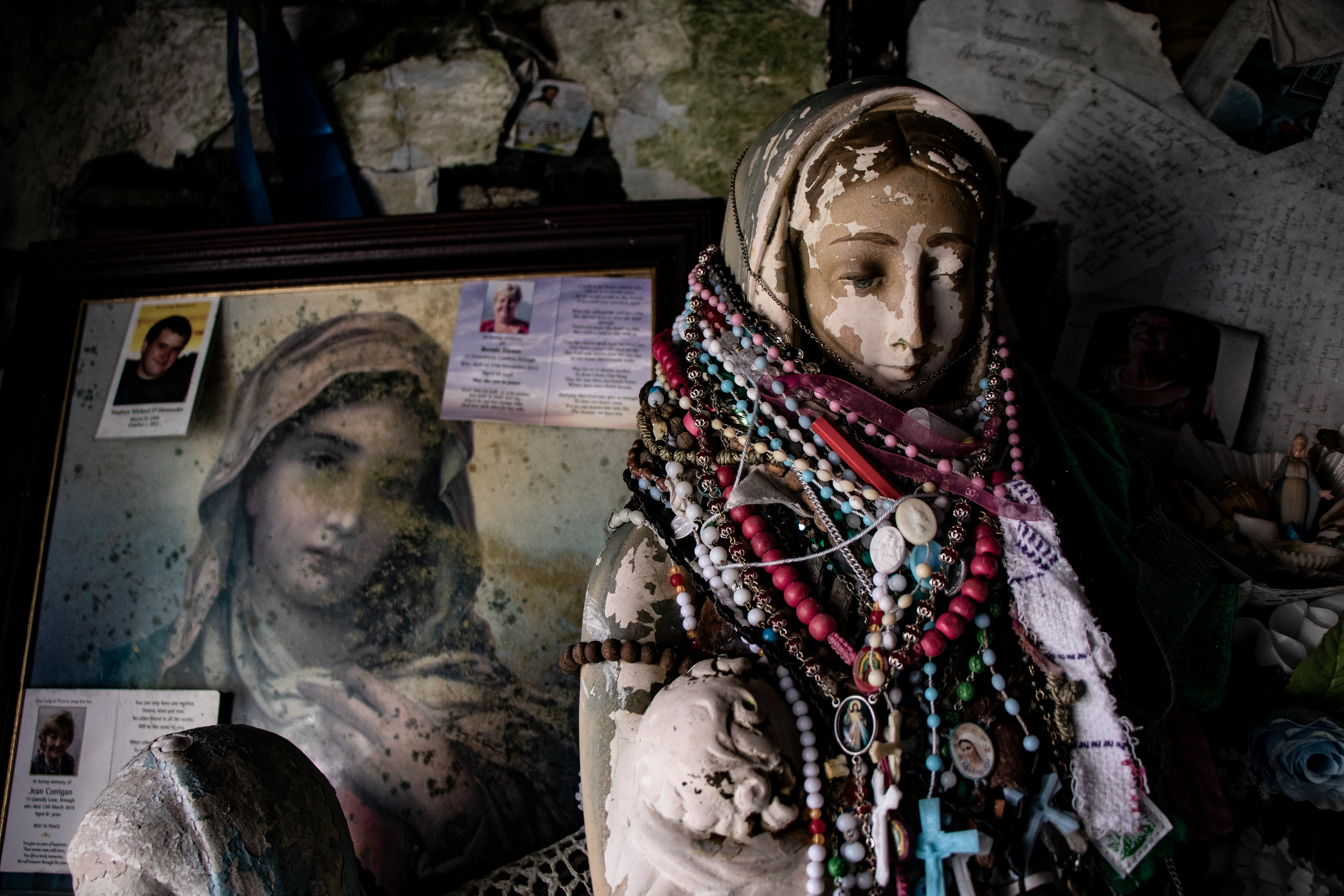

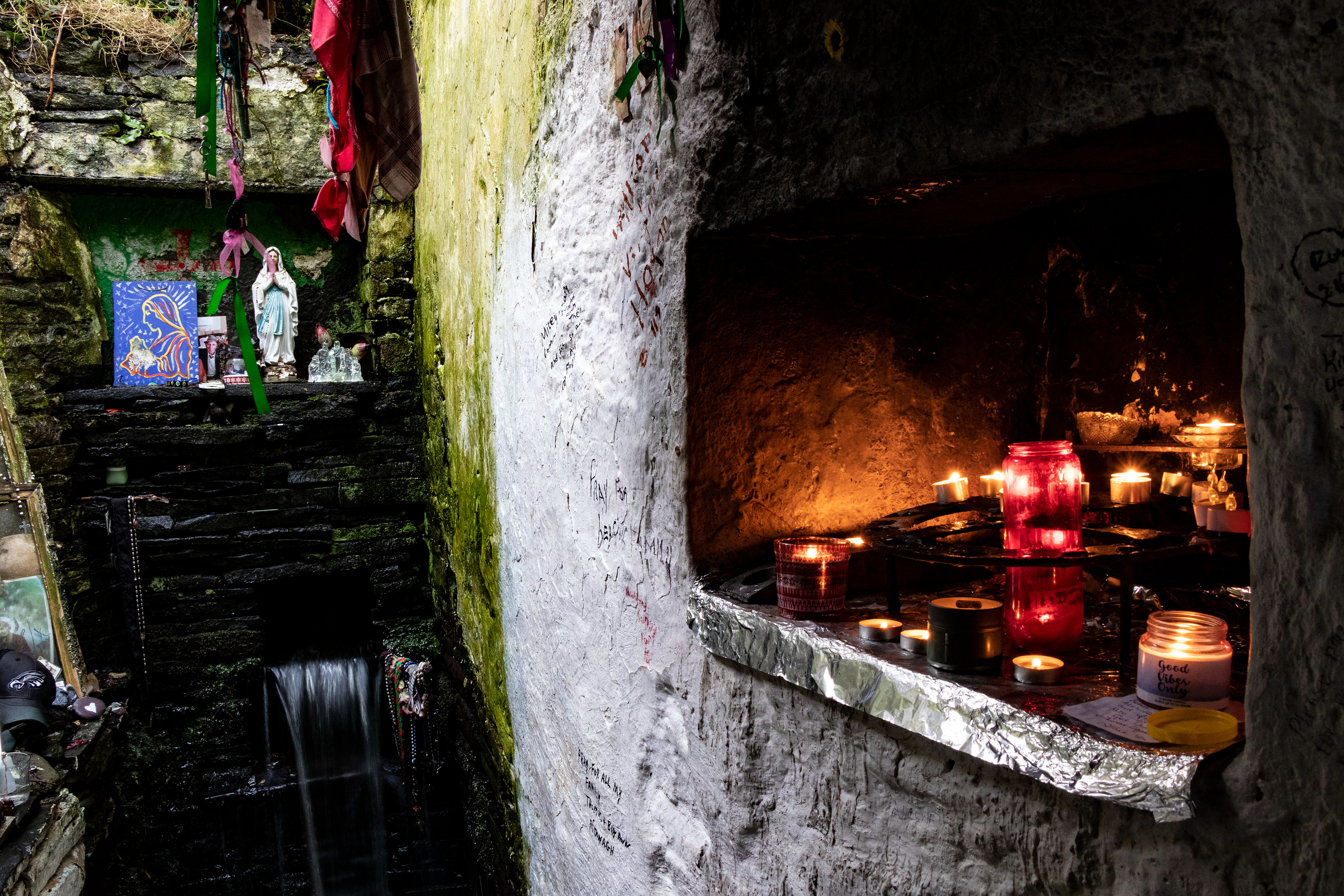
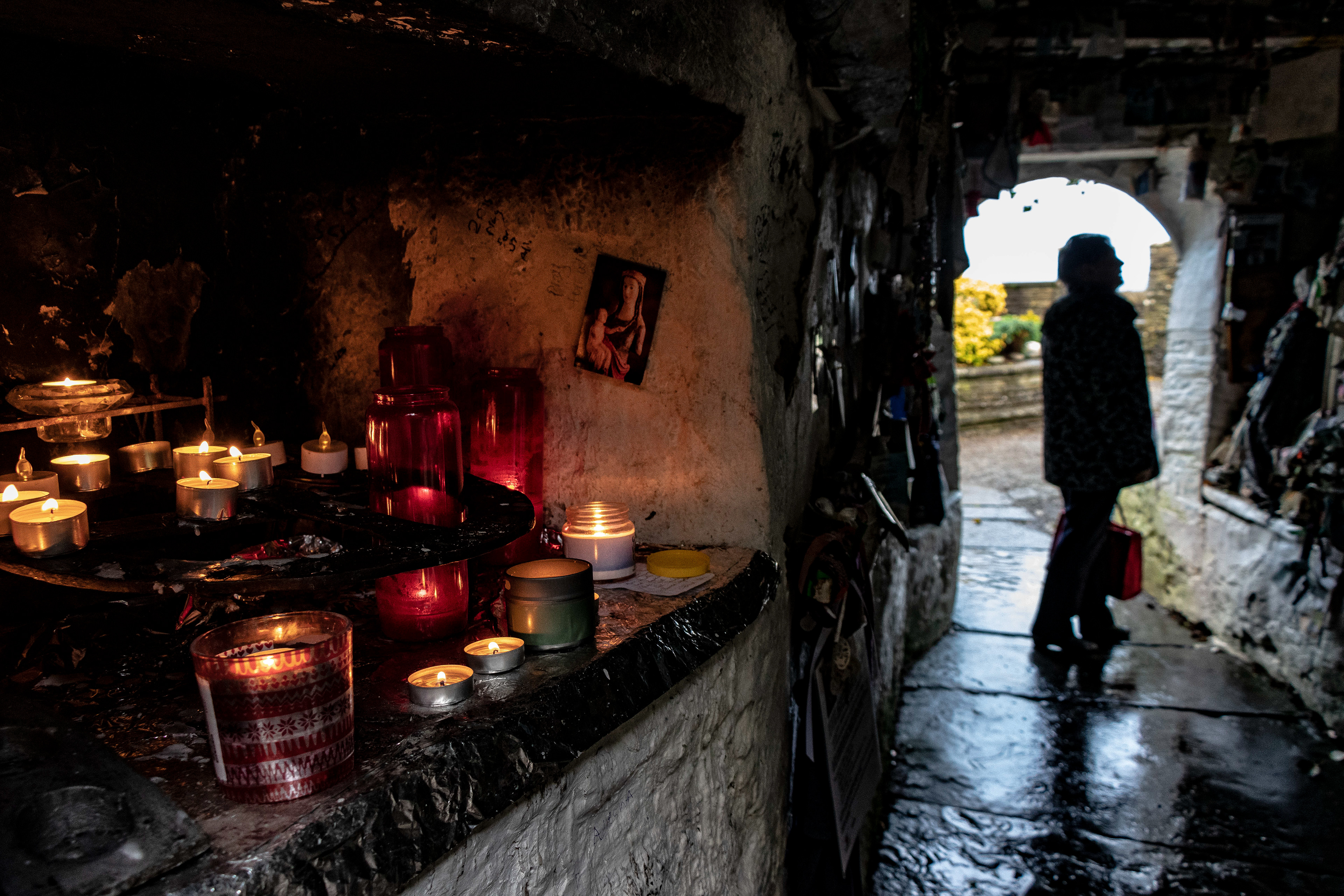
St Brigid's Well between Liscannor and the Cliffs of Moher is a shrine marked by a statue of St Brigid dressed in black.
Locally it's said the well has a cure for ailments and sick animals.
These intentions are granted after pilgrims do 'the rounds' - a series of prayers performed on circular pathways around the well.
Legend says that if a pilgrim's request is granted an eel appears in the well.
Locally it's said the well has a cure for ailments and sick animals.
These intentions are granted after pilgrims do 'the rounds' - a series of prayers performed on circular pathways around the well.
Legend says that if a pilgrim's request is granted an eel appears in the well.
The well is a living site of pilgrimage.
Poignant notes, prayers, memorial cards, photographs and countless other offerings are pinned to the walls of the small cave in which it is housed.
Locals visit the well at weekends, for the feast of St Brigid on February 1st, and for the feast of the Assumption – August 15th. However, tour buses stop at the blessed well daily on their journey to and from the Cliffs of Moher.
In recent years, there has been an anecdotal increase in interest and visits to blessed wells in Ireland.
Some pilgrims visit seeking cures. Others fulfil traditional religious prayer, devotion and needs. For most, though, it’s an interesting stopping point displaying a small part Ireland’s cultural DNA.
Tony Kirby – author of ‘A Walking Guide to the Burren and the Aran Islands’ – says Holy Wells are attracting more people nowadays for two reasons: “One is spiritual, the other is cultural”.
“The spiritual reason is that people regard these places as sanctuaries or havens or supernatural places where they can get escape from the chaotic messy world that we live in,” said Tony Kirby.
“The second reason is cultural. They seem to be following in the footsteps of others perpetuating tradition and going to places that are exceedingly rich in heritage and history,” he added.
Poignant notes, prayers, memorial cards, photographs and countless other offerings are pinned to the walls of the small cave in which it is housed.
Locals visit the well at weekends, for the feast of St Brigid on February 1st, and for the feast of the Assumption – August 15th. However, tour buses stop at the blessed well daily on their journey to and from the Cliffs of Moher.
In recent years, there has been an anecdotal increase in interest and visits to blessed wells in Ireland.
Some pilgrims visit seeking cures. Others fulfil traditional religious prayer, devotion and needs. For most, though, it’s an interesting stopping point displaying a small part Ireland’s cultural DNA.
Tony Kirby – author of ‘A Walking Guide to the Burren and the Aran Islands’ – says Holy Wells are attracting more people nowadays for two reasons: “One is spiritual, the other is cultural”.
“The spiritual reason is that people regard these places as sanctuaries or havens or supernatural places where they can get escape from the chaotic messy world that we live in,” said Tony Kirby.
“The second reason is cultural. They seem to be following in the footsteps of others perpetuating tradition and going to places that are exceedingly rich in heritage and history,” he added.
*The well was featured in a series Cian recorded for RTE Radio about religion and society in Ireland.
